Sometimes, admitting defeat and buying in an engine is the simplest – and best – approach to creating a great driver’s car.
Regardless of the genre, you’ll find spirited machines that owe much to their donor engine. From exclusive brands, such as Aston Martin, to quirky innovators like Citroën, and all manner of manufacturers in between, many makers have opted for a tried-and-tested approach that, when done right, delivers an enduring car for drivers.
Here are 10 of Autocar’s favourite cars with donor engines.
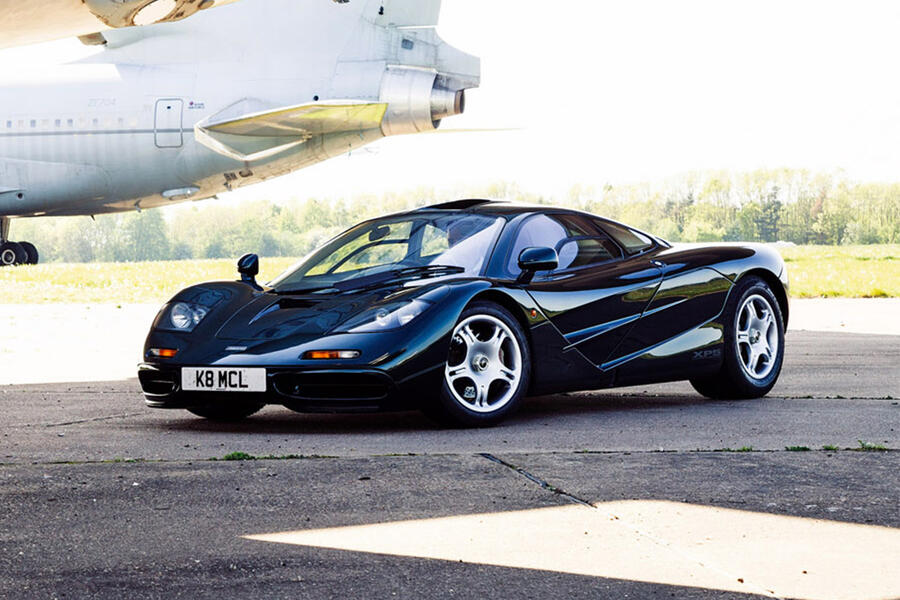
Engine donor: BMW
Today’s McLarens have engines of the firm’s own making but, for its first road car, which would be built in tiny numbers, McLaren had to buy one in. When plans for a Honda engine fell through, Gordon Murray turned to master BMW engine designer Paul Rosche and challenged him with an exacting brief. The 6.1-litre 60deg V12 was barely any larger than a 3.5-litre Formula 1 engine, and its figures were the stuff of legend at the time. Murray’s next project is his T50 supercar. This time, Cosworth has the task of creating the V12.

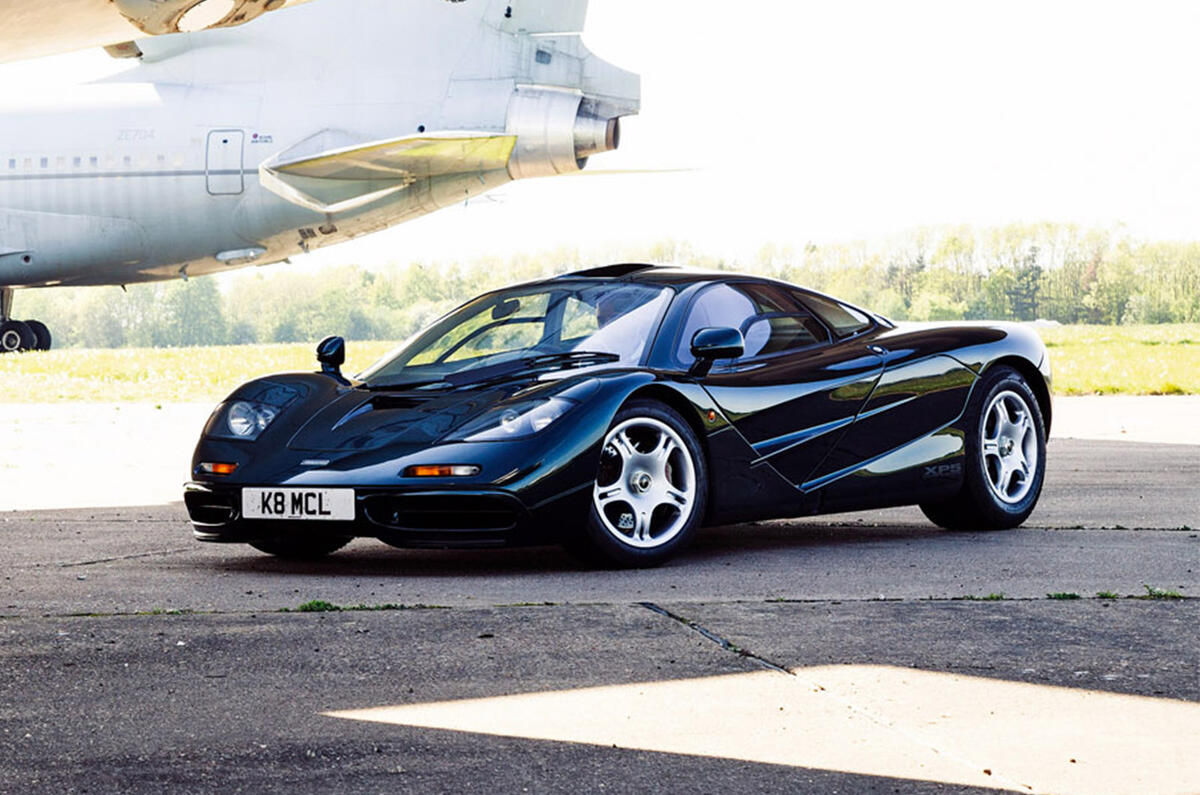
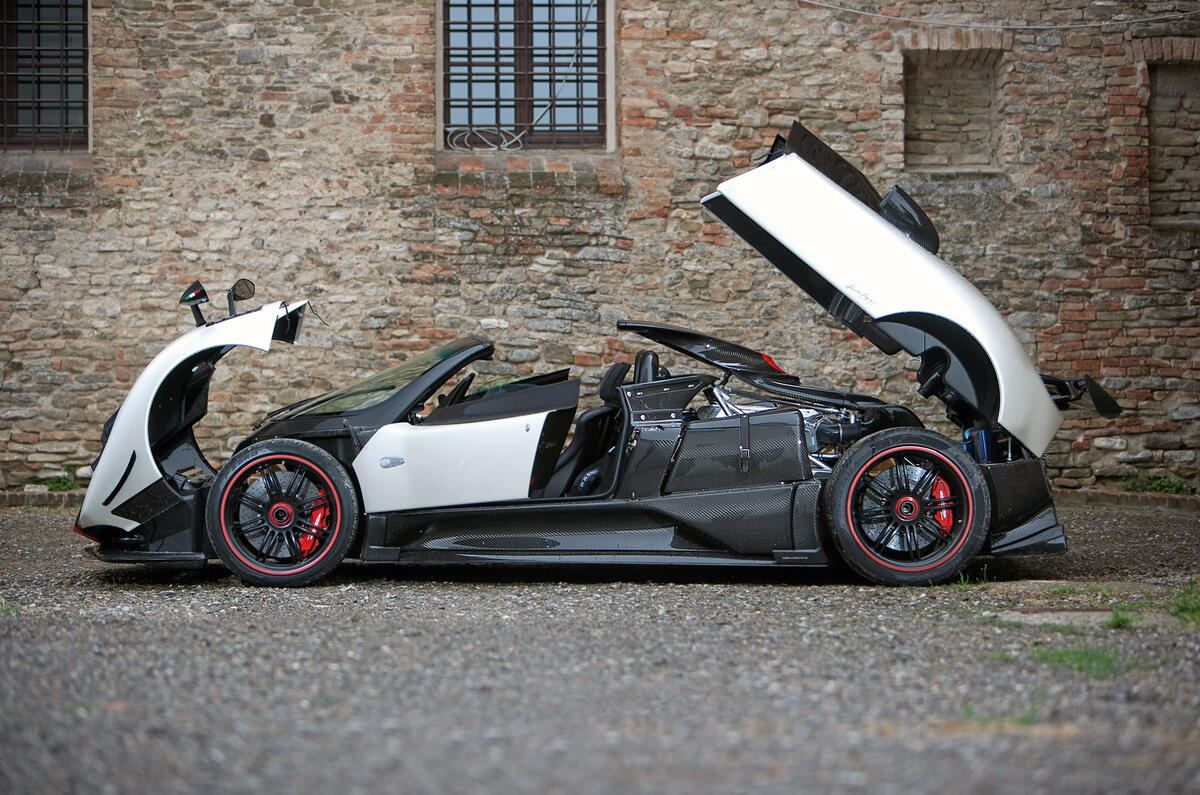
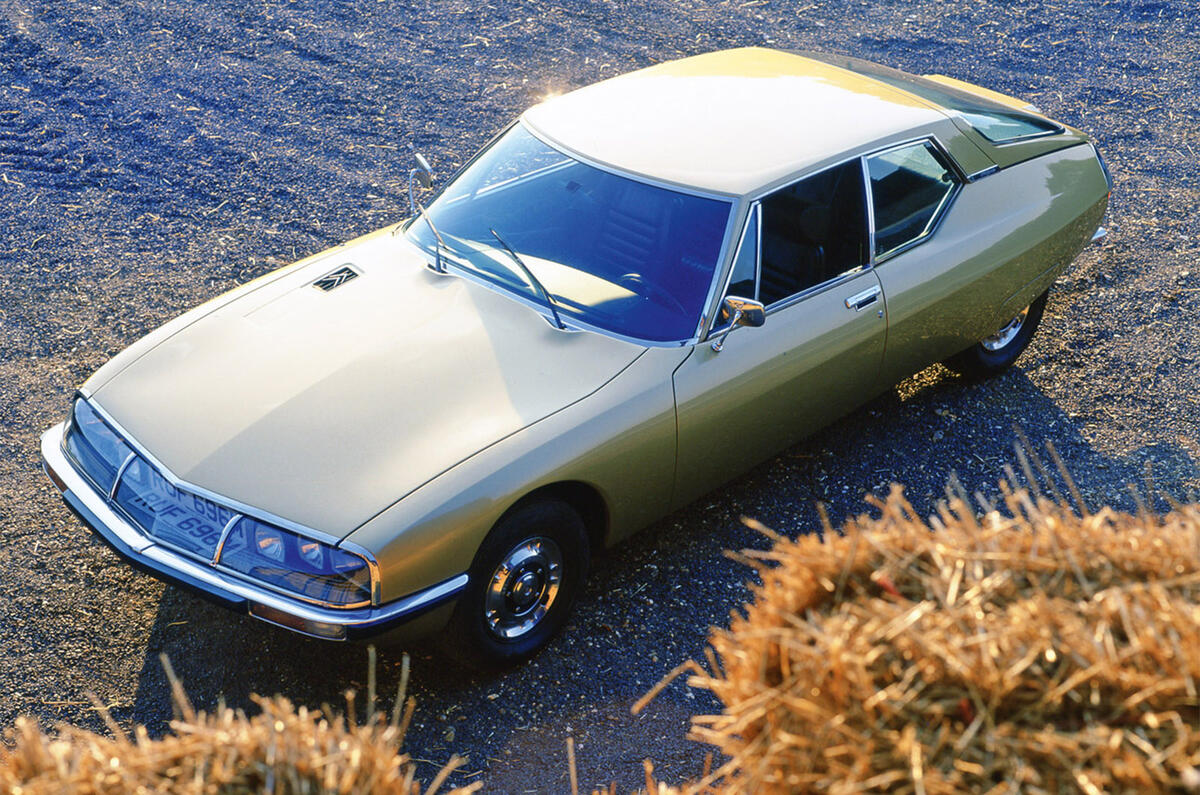
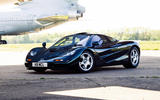
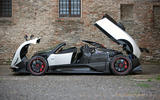
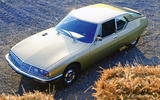
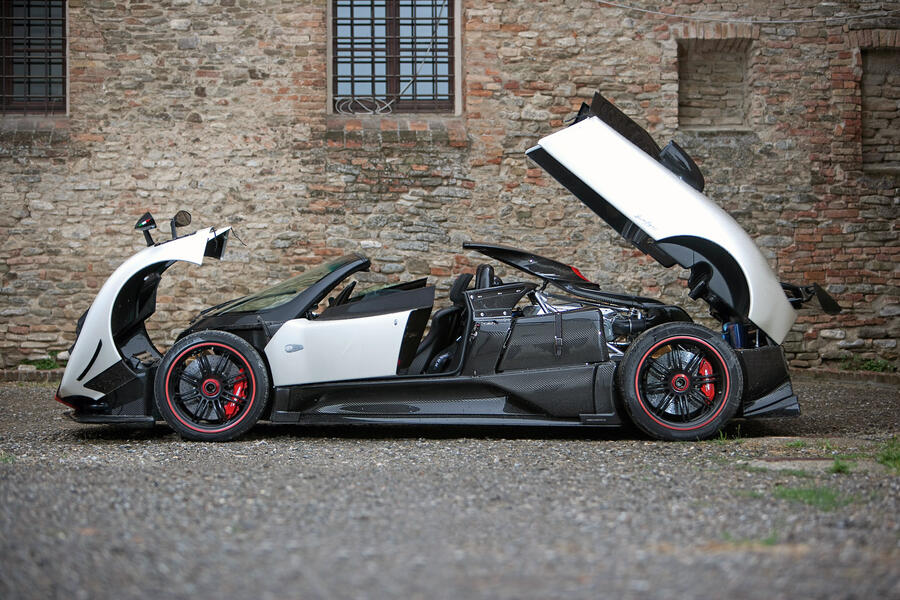
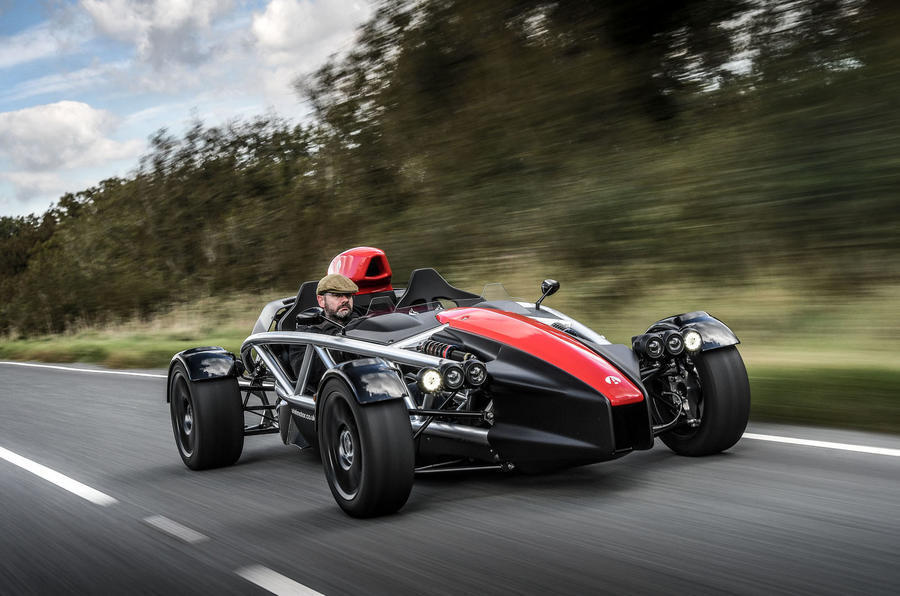
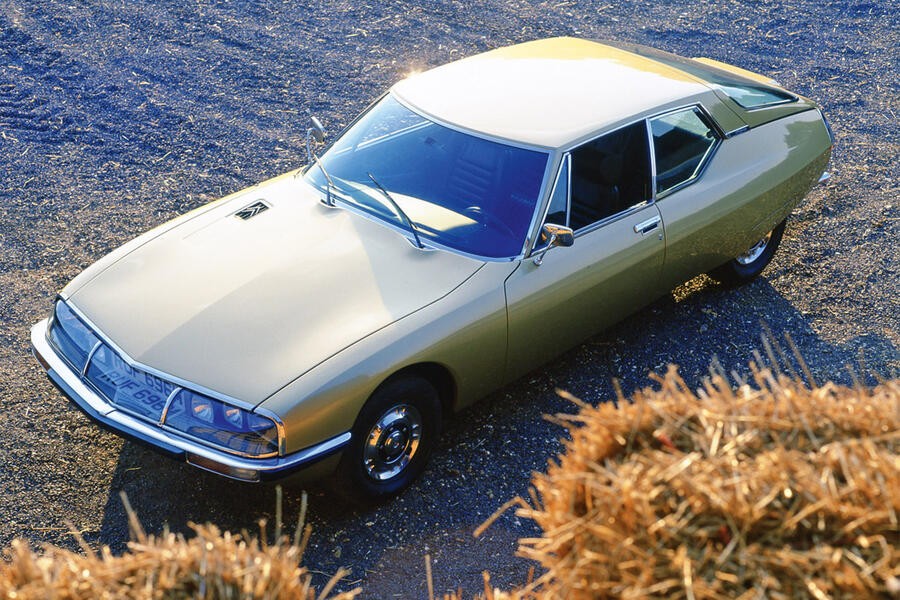
Join the debate
LP in Brighton
Others?
You could probably add various Toyota engined Lotuses to the list, maybe even the Rover K-Series Elise too - and what about the Lancia Thema Ferrari and Maserati-powered Citroen XM?But how many cars were ruined with the wrong engine perhaps through commercial expediency? What about the Alfa Romeo Nissan Arna, the Suzuki-powered Caterham, the VW-engined Porsche 924, the Peugeot powered DeLorean or anything powered with a Ford CVH or Pinto engine which were once popular?
si73
The 924 didn't have the wrong
I ran one as a 30 yr old classic and it was a fantastic car, ridiculously cheap to buy but far better built, more reliable and rust resistant than a similar aged Capri. I often wondered, if it was badged a VW would it have been more expensive as a classic due to the cult following of anything VW.
LP in Brighton
924
si73
Yes the 2.0 was also used in
It deserved the Porsche badge as Porsche did do all the development work but was originally planned as a VW, which as I said would probably have made it worth more as a classic.
si73
I was thinking you missed out
eseaton
I'm fascinated by the
eseaton
McLaren makes its own engines
What does Ricardo do then?
Takeitslowly
eseaton wrote:
Could you have simply typed that question into a search engine and found out for yourself?.
Add your comment